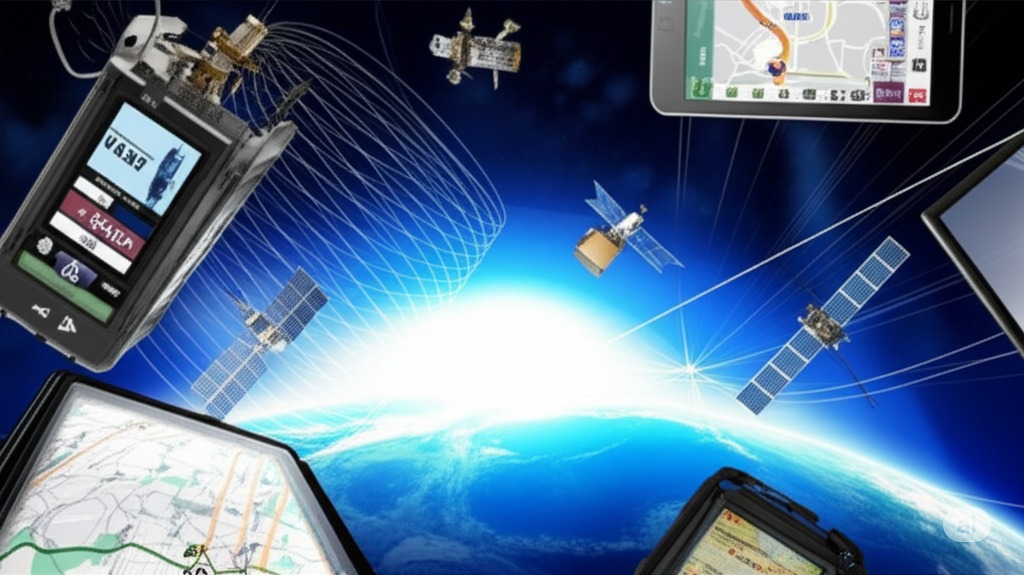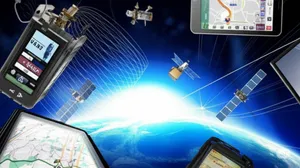GPS Satellite Constellation
- 24 operational satellites maintaining global GPS coverage 24/7
- Medium Earth Orbit positioning at 20,200 kilometers above Earth
- Six orbital planes ensuring satellite visibility from any location
- 12-hour orbital periods providing predictable satellite positioning
- Atomic clocks maintaining precise timing for accurate positioning
- L-band radio signals transmitting navigation data to receivers
- Solar panels powering satellite operations and communication systems
- Backup satellites ensuring system redundancy and continuous service




